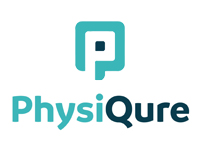Inversion therapy is an interesting form of treatment that have been around for centuries, but the benefits seem to have just recently surfaced. Inversion therapy is often used as a way to reduce pain, and many people believe that inversion therapy is a great alternative to pain killers, antidepressants or even strong anti-depressants. But before you jump into a treatment program, you should learn all about the inversion therapy risks and understand how this type of therapy can help your physical and mental health.
One of the most common benefits of inversion therapy is that it helps to decompress the spine, relieve stress and muscle tension, increase circulation and strengthen the lower body muscles. These same benefits also may help to correct any problems that you may be having with your posture, balance, flexibility, reflexes, and even the health of your back. Many people who use inversion therapy have reported great relief from sciatica, which is when leg pain or numbness occurs in the lower back.
Inversion therapy is a great way to get back into shape, get your body and mind in optimum health and keep stress levels down, which is important if you want to live a long healthy life. While the potential benefits are great, inversion therapy is not something that should be entered into without careful consideration of both the risks and benefits. Your medical professional and physiotherapist can provide you with information about the inversion therapy equipment that is available, and what is recommended for your particular situation. Inversion therapy has been used for years to treat many different medical conditions and has many advocates worldwide.
